Inside Mackay Isaac Whitsunday region aquaculture, agriculture job boom
The iconic image of craggy-faced men in Akubras toiling under a hot sun is shifting as technology paves the way for a new breed of farmers. The jobs of the future are miles from the sunburnt country Dorothea McKellar penned in her widely-acclaimed poem.
Mackay
Don't miss out on the headlines from Mackay. Followed categories will be added to My News.
The iconic image of craggy-faced men in Akubras toiling under a hot sun is shifting as technology paves the way for a new breed of farmers.
Jobs of the future in aquaculture and agriculture are miles from the sunburnt country Dorothea McKellar penned in her widely-acclaimed poem about our country.
Many roles still to be created will depend on modern, integrated technology systems to streamline production from the prawn ponds to the mango plantations.
Aquaculture north of Rockhampton is expected to become a $1.34b industry by 2030.
In Mackay Isaac Whitsunday region alone, it will create more than 300 jobs and grow agriculture’s total output value by 11.5 per cent.
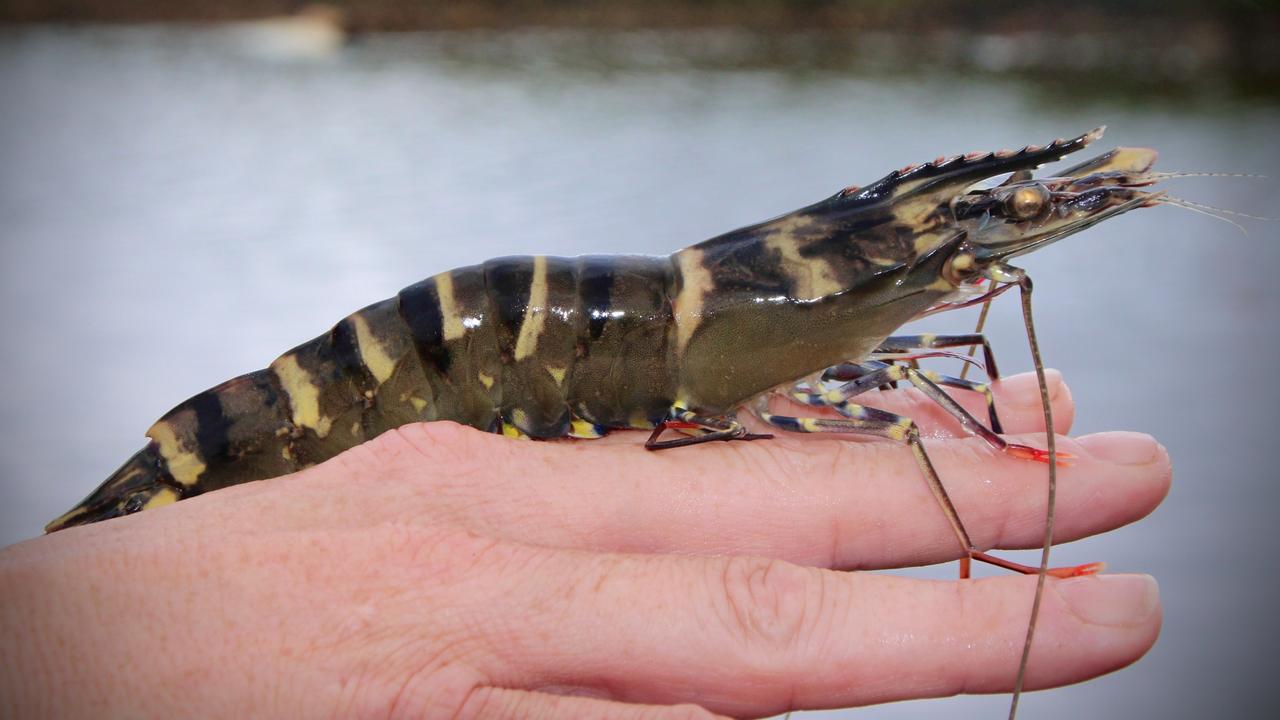
The bold vision to expand farms at Proserpine and Ilbilbie to meet unquenchable domestic demand for prawns, expected to reach more than 21,000 tonnes a year by 2030, will make aquaculture a lucrative industry for the Greater Whitsunday region.
To prepare for the anticipated demand and expansion, there are plans afoot to create a training program covering a breadth of industries across aquaculture and agriculture.
The goal is for workers to have the skills to cover each of the seasons year-round, allowing them to live and stay in the region.

A spectacle to behold
Inconspicuous from the Bruce Highway, there are two sites about one hour’s drive from Mackay that are a spectacle to behold from the skies.
Ocean tidal flows nourish rows upon rows of square-edged ponds as aerators create gentle whirlpools guiding the millions upon millions of black tiger prawns safely to the edges.
Together, Tassall Group’s operations at Proserpine and Australian Prawn Farm’s lot at Ilbilbie are cultivating science to produce the delicacy Australians salivate over, especially at Christmas, New Year and Australia Day.
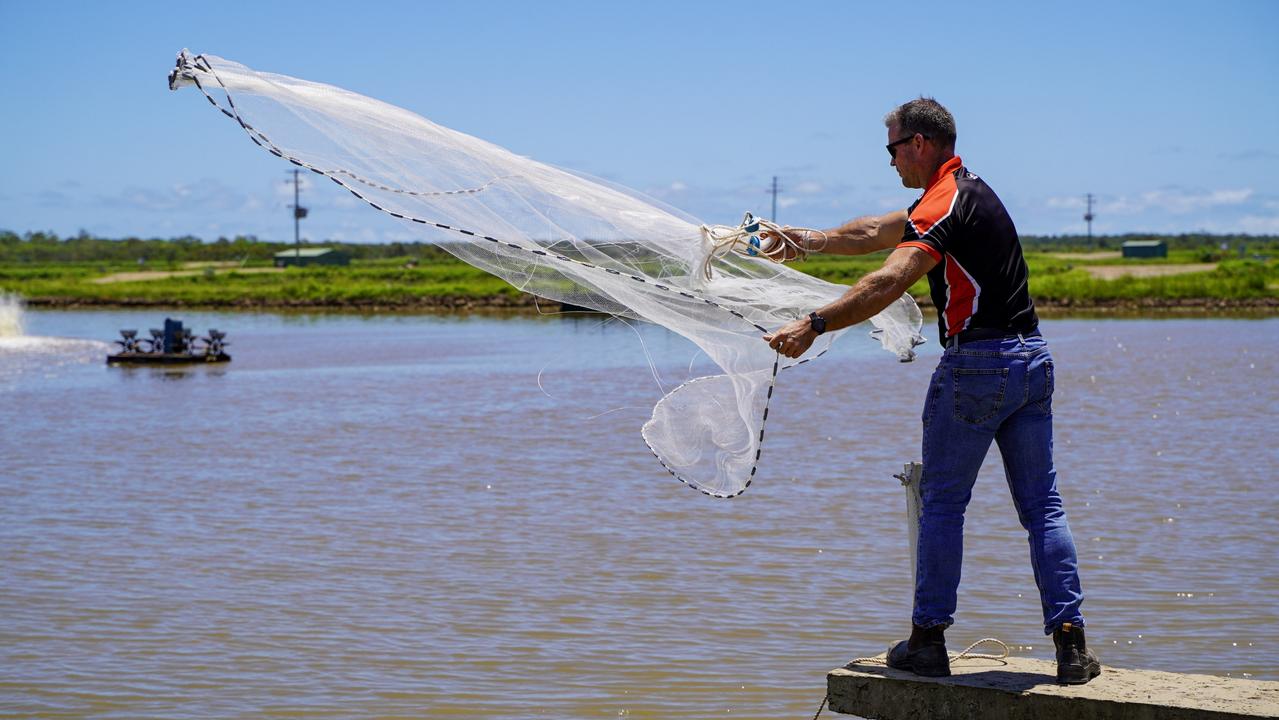
The farms are poised to position the Greater Whitsundays as the prawn capital of Australia as they take centre stage in what is tipped to be a $1.34b aquaculture industry by 2030, a more than five-fold growth over the next decade.
Land-grown prawns contributed $128.5m in gross value production to Queensland’s economy throughout 2020-21, a more than 20 per cent hike over the past five years.
Technology key to prawn bonanza
Behind the steep growth of homegrown seafood is research and technology.
Australian Prawn Farms manager Matt West said along with upgrading the processing facility at the 20-year-old Ilbilbie farm, they had plans for more ponds.
“We’ve got 47 ponds here on site at the moment … we can go up to 80-odd ponds,” Mr West said.
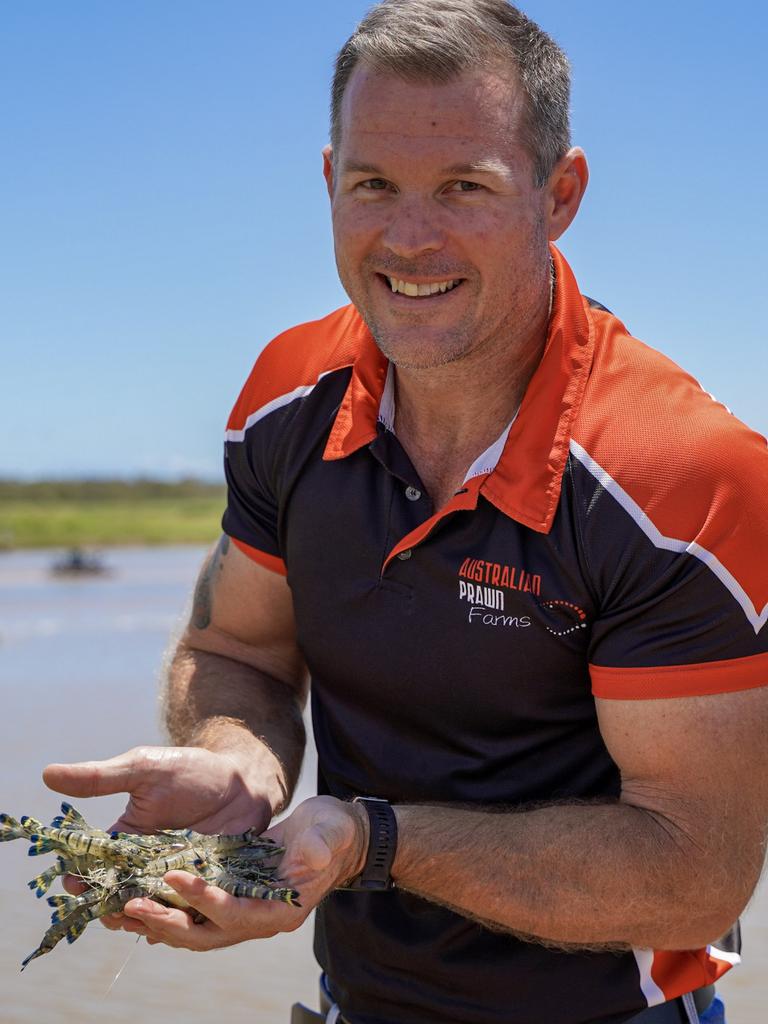
He said each pond on the 45ha farm held about 15 million litres of saltwater, with another 200 million litres stored elsewhere on-site, circulated thanks to a low-water exchange system capable of pumping an Olympic-sized swimming pool worth of water per hour.
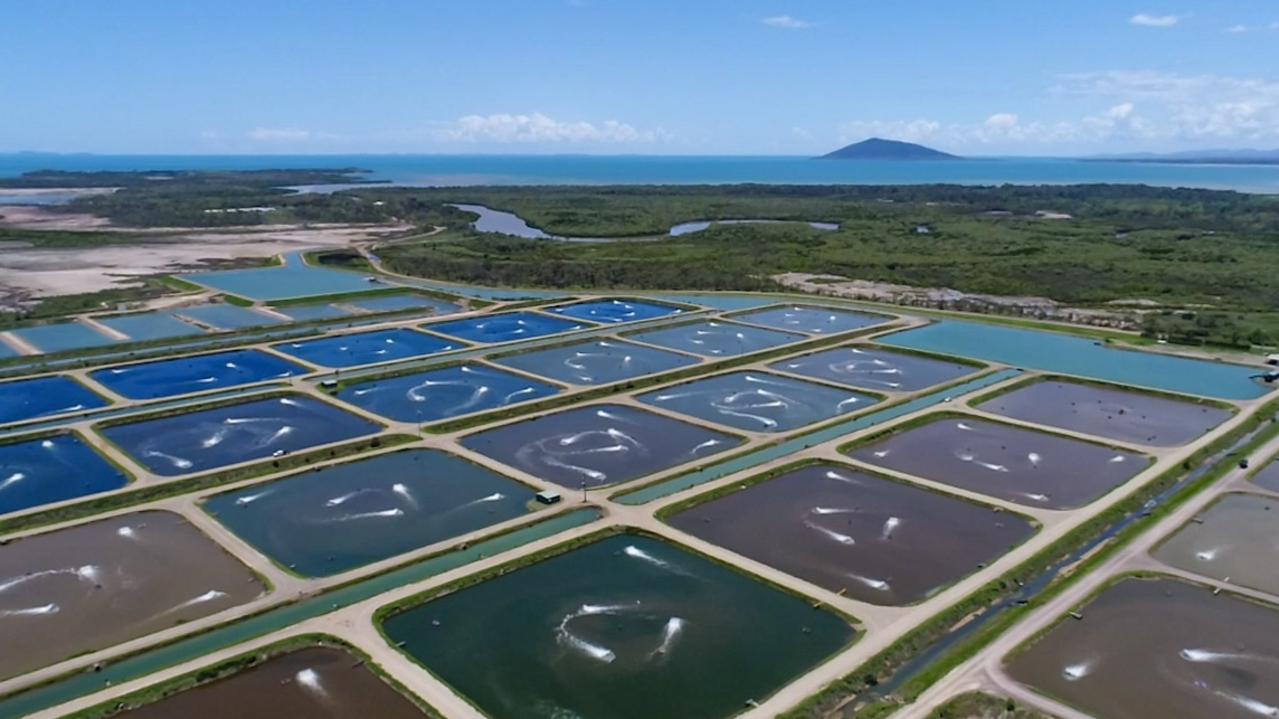
Mr West said the system reduced their risk of becoming “hamstrung” when floods or cyclones impacted the tidal creek.
“We’re also manipulating algal species all the time,” he said.
“Our technicians are looking at micro algaes every single day in the system and trying to encourage really good ones (to grow).”
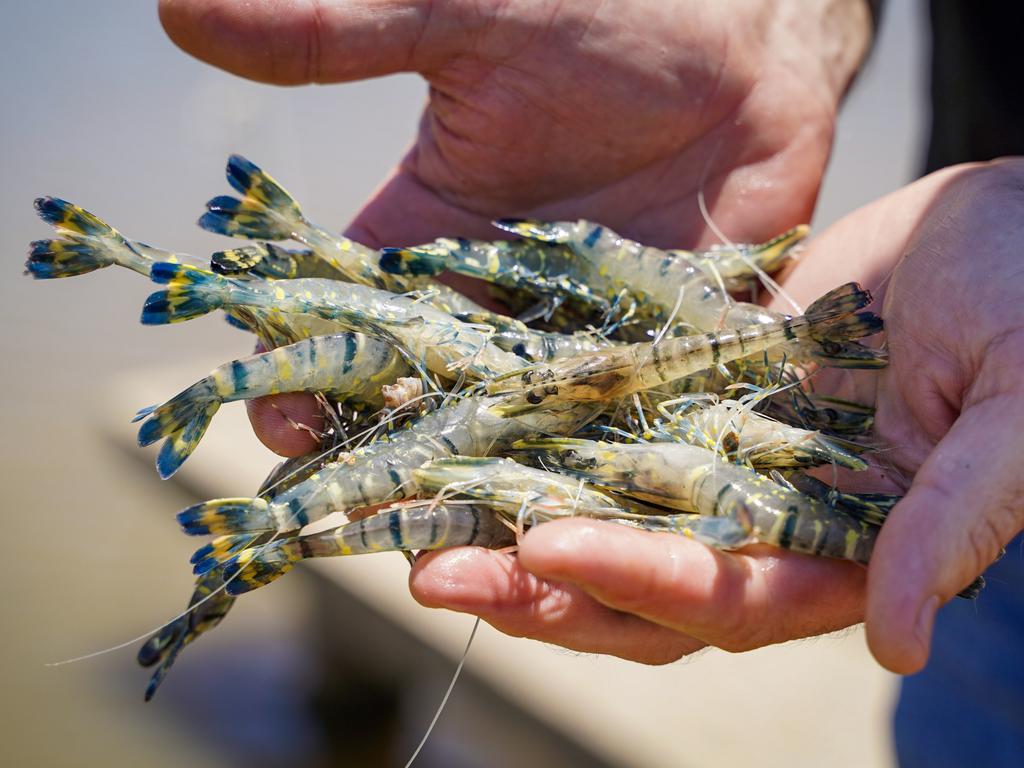
He said algae oxygenated the ponds in the daytime and “gobbled up” excess waste, as did good bacteria encouraged through an input of molasses.
Mr West said this allowed them to add more food and probiotics to grow 700 tonnes or more than 30 million prawns each year.
Still room to grow
With more than one million kilograms of food fed to the prawns each year, easily the farm’s biggest expense, Mr West said they recently took part in CSIRO’s trial of fish-free diets.
And equipment was arriving to make the switch to automatic feeding systems.
Already in place at Tassall’s Proserpine operations, the automatic feeders detect the clicking sounds when prawns eat and only released more food when the rate lulled.
Tassalls rolled them out over the past year as part of its ambitious goals to grow from 5000 tonnes of prawns in the 2021-22 financial year to 20,000 tonnes by 2030.
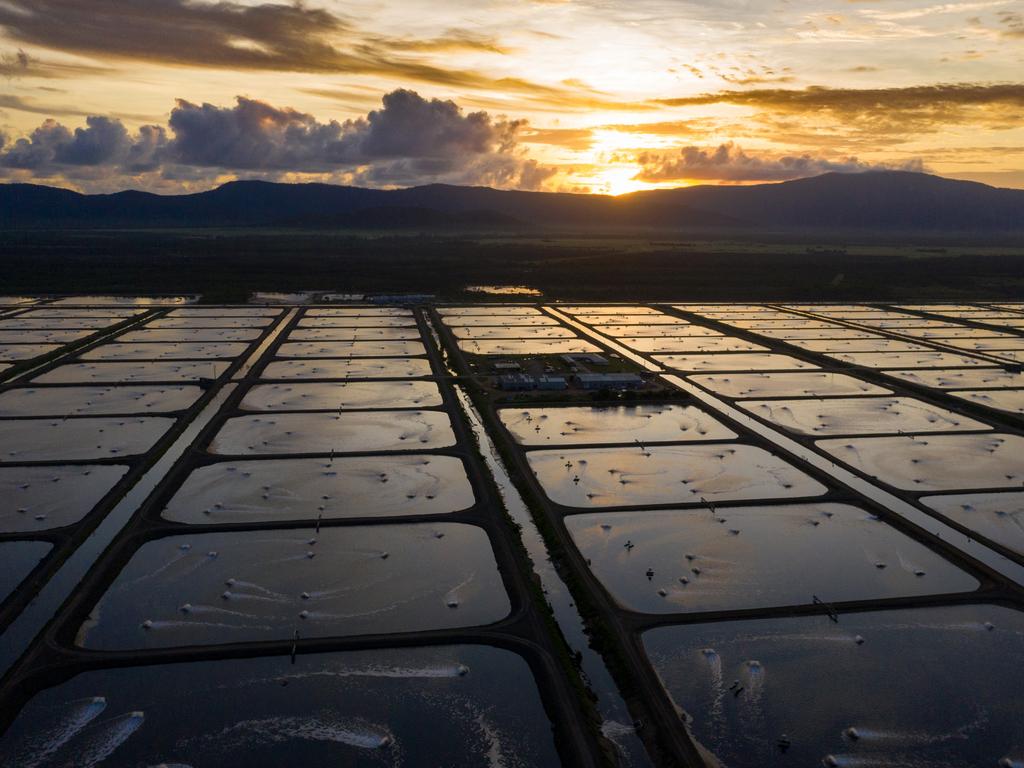
Tassall’s 2021 annual report states its strategy was to expand its 270ha of ponds in Proserpine to 455ha, after selling off parts of Exmoor Station and then acquiring the Billy Creek property in May, 2021.
“Our plan is to keep up with the growing demand from Australian consumers as well as selected overseas markets for a great tasting, quality product,” Tassall head of aquaculture Mark Asman said.
He said they were farming smarter through “blue agri tech” credentials which “represent(ed) (Australia’s) biggest leap in innovation to prawn farming”.
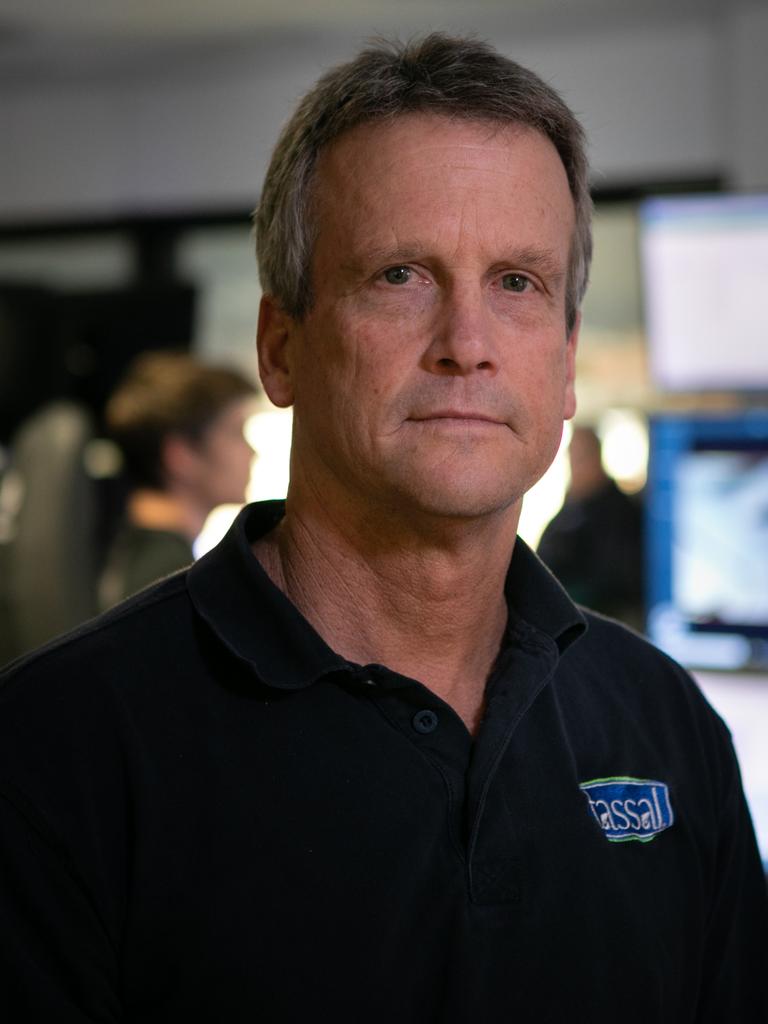
“We are now feeding prawns in Mission Beach and Yamba (NSW) from our Proserpine Control Centre, with Yamba over 1300km away,” Mr Asman said.
Proserpine produced about 80 per cent of Tassall’s prawns which were grown for both a domestic market as well as customers from Asia, the US and Europe.
And like at Ilbilbie, the farm was combining technology with mother nature’s biology to trim excess costs.
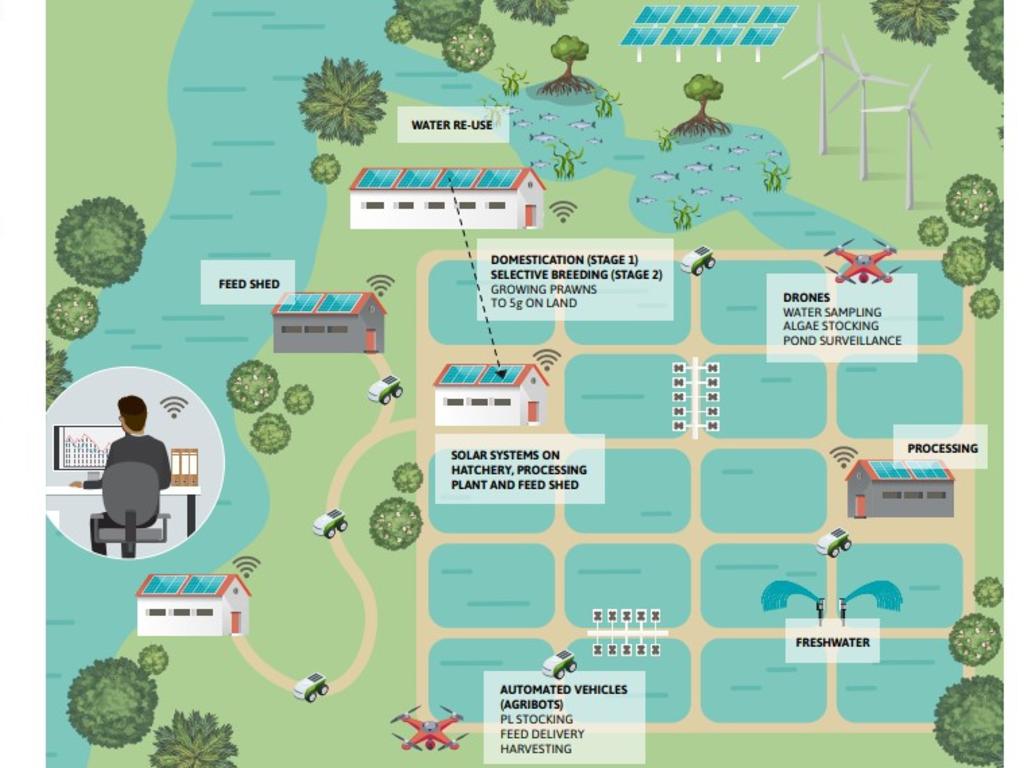
Tassall was growing seaweed to remove carbon and nitrogen from the ponds with further discussions to introduce automated vehicles.
More prawns equals more jobs
Mr Asman said they had directly invested $140m into their Proserpine operation which was “on track” to create “Queensland’s largest land-based aquaculture precinct”.
“Overall, we have employed 330 people across our Queensland prawn farming operations, over 280 of these at our Proserpine farm,” he said.
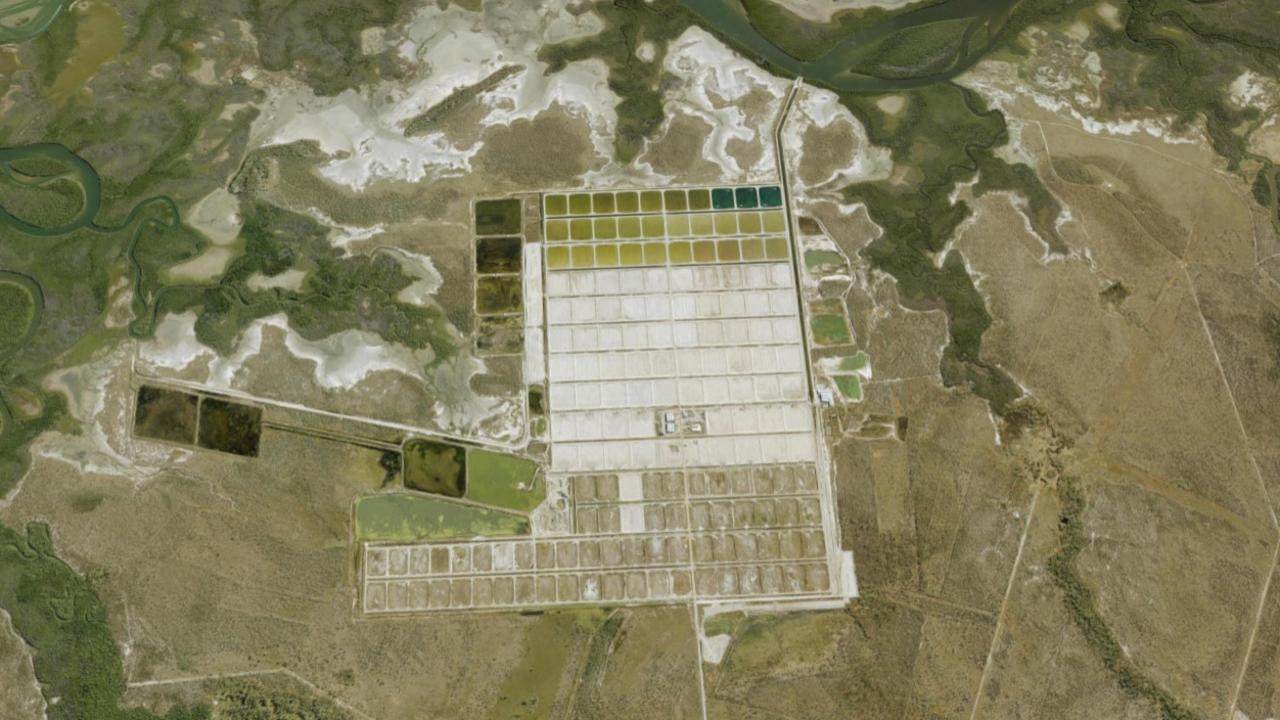
“One hundred new jobs are expected to start flowing during Stage 4 construction of our expansion of the existing prawn farm at Proserpine through to mid-2023.
“During the operating phase at 20,000 tonnes, Tassal’s direct employment is projected to peak at 680 employees across Queensland.”
Impending skill shortage
With farms expanding to meet Australia’s appetite, leaders are collaborating to prevent a shortfall of skilled workers.
Mr West, who holds an environmental science degree, said aquaculture required more biologists, engineers, and staff who could operate and maintain mechanical equipment.

“I think agtech and the digital transformation of aquaculture is going to happen pretty rapidly over the next five, 10 years,” Mr West said.
He was throwing his support behind plans to build a regional Agriculture and Aquaculture Tech Skills Hub offering VET-level courses, thanks to a kickstart $2m federal grant.
Greater Whitsundays Alliance chief executive officer Kylie Porter said a working group from CQ University, TAFE Qld and industry representatives across the Mackay Isaac Whitsundays were identifying what curriculum was needed to fill the region’s most “urgent pressing needs”.
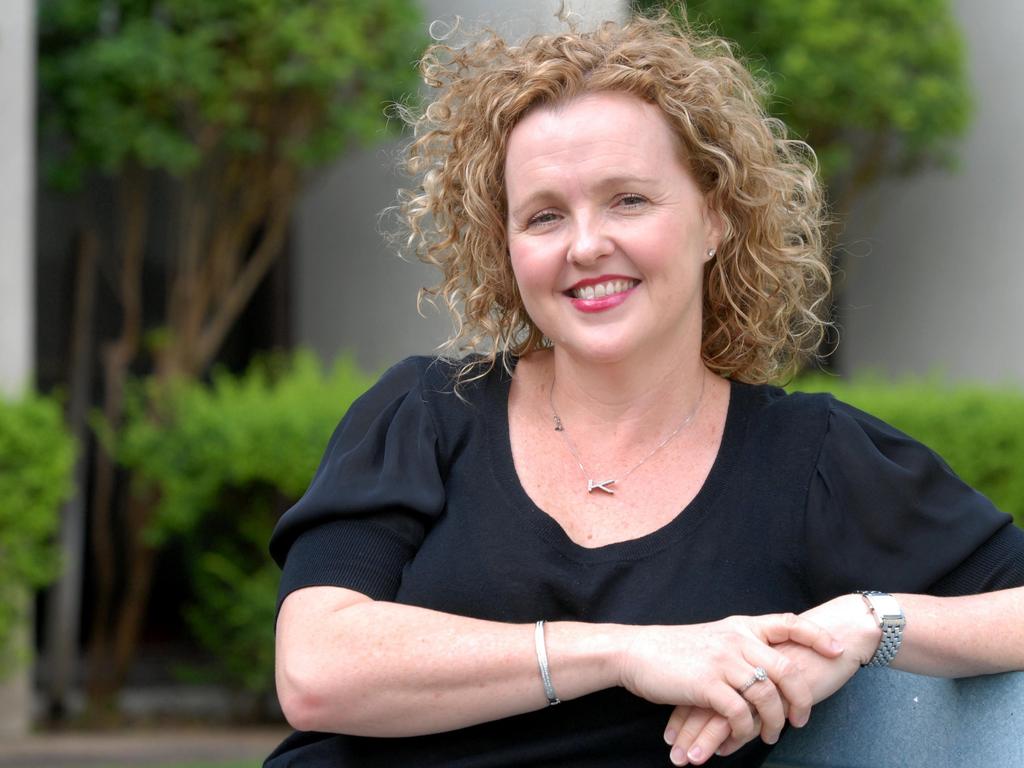
“Curriculum development can take between three to five years,” Ms Porter said.
“We would like in the next 12 to 18 months to actually have courses available in the agriculture, aquaculture space.
“What we’re actually doing is designing something that’s specific and unique to our region.
“We’re using a very similar model that was developed for the mining and METS sector through the Queensland Future Skills Partnership.”

Ms Porter said the TAFE facilities in Bowen and Cannonvale would likely become the physical home of the hub, with the aquaculture component to primarily focus on prawn production.
“We are likely to see potentially more aquaculture projects launched in this region which is why it’s so important to make sure we provide the workforce,” Ms Porter said.
In step with agriculture
Ms Porter said science was also changing the face of agriculture, citing Marto’s Mangoes that introduced technology to remove the need to individually sort, handle and discard fruit.
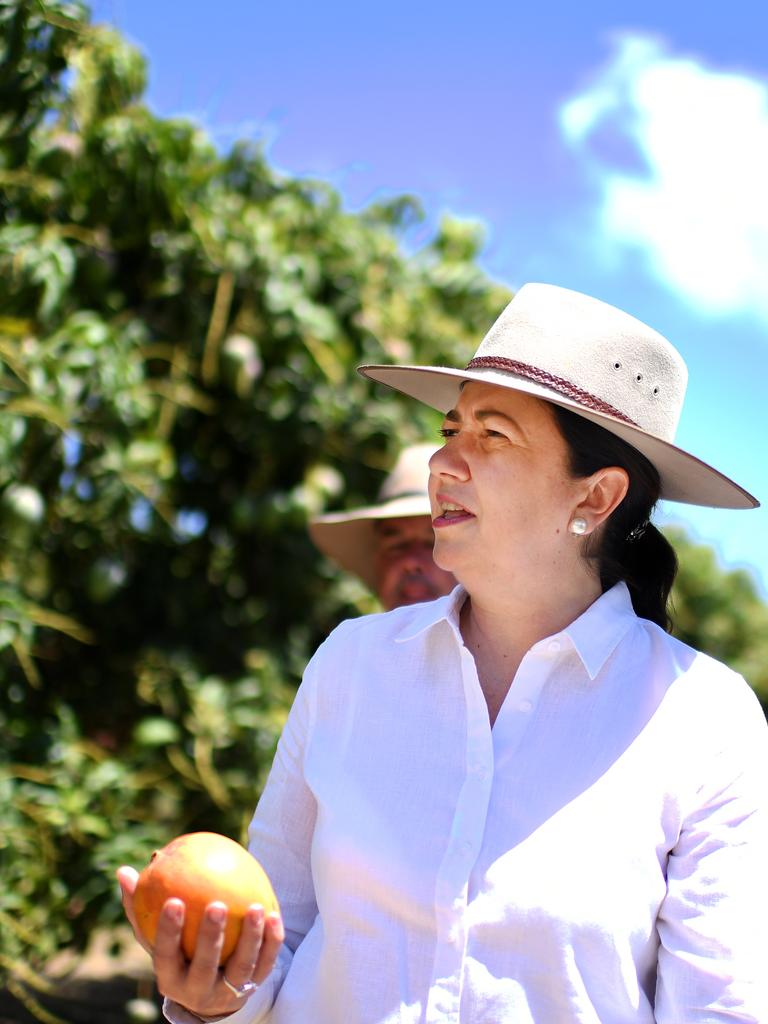
“That’s really super exciting because it means the quality of that fruit is protected … and it means that the consumer gets to enjoy a product that’s been handled less,” she said.
Ms Porter said the hub’s agricultural side would develop skills that could be used across the industry’s subsectors.
“In an ideal world, we would be creating an agricultural workforce that has confidence to stay in the region all year around rather than feeling they need to leave,” she said.

“From a federal government perspective, they have some fairly major goals to increase the value of the Australian (agricultural) sector by up to $100bn by 2030.
“That’s a phenomenal amount.
“That means that every region including ours has to double our economic output.”
Best steps forward
Not everyone agreed on whether money was best spent on a new hub to reach the federal government’s aspirations.
Bowen Gumlu Growers Association president Carl Walker said any discussion must include the Department of Agriculture and Fisheries that already had a Whitsundays-based research station.
“I think the training has to be more than (about) new people, I think they have to be upskilling existing staff to be able to use technology,” Mr Walker said.

Mr Walker — who grows capsicums, cucumbers and cherry tomatoes on his farm — said agriculture’s technology uptake had been enormous.
“Just on our place alone, the past five years, we’ve gone to GPS auto steer on all our tractors, we use soil monitors (and) we do (drone) controllers for fertilisers and mapping,” he said.
“We grow twice what we did maybe 10, 15 years ago with really not a lot more staff because of technology.”
But he said many in agriculture were still wary of modern technology.
He said a collaboration between the hub and TAFE was a possible solution to help encourage the region’s farms, which generate about 3500 jobs and $500m at the farmgate in the Whitsundays, to give it a go.
More Coverage
Originally published as Inside Mackay Isaac Whitsunday region aquaculture, agriculture job boom









